Be prepared to react swiftly and save lives. Enhance emergency management with our intuitive software, optimizing planning, response, and disaster recovery efforts.
In this digital age, satellites and artificial intelligence (AI) are revolutionizing field operations, enabling more efficient data flows and effective emergency management. From the command and control center to on-ground response, let’s explore how these technologies are shaping the way we tackle emergencies.
At the heart of emergency management, the command and control center serves as the nerve center for decision-making. Visual technologies like interactive maps and Power BI reports provide real-time situational awareness to emergency management personnel. These tools offer comprehensive views of the affected areas, resource deployment, and critical information necessary for informed decision-making.
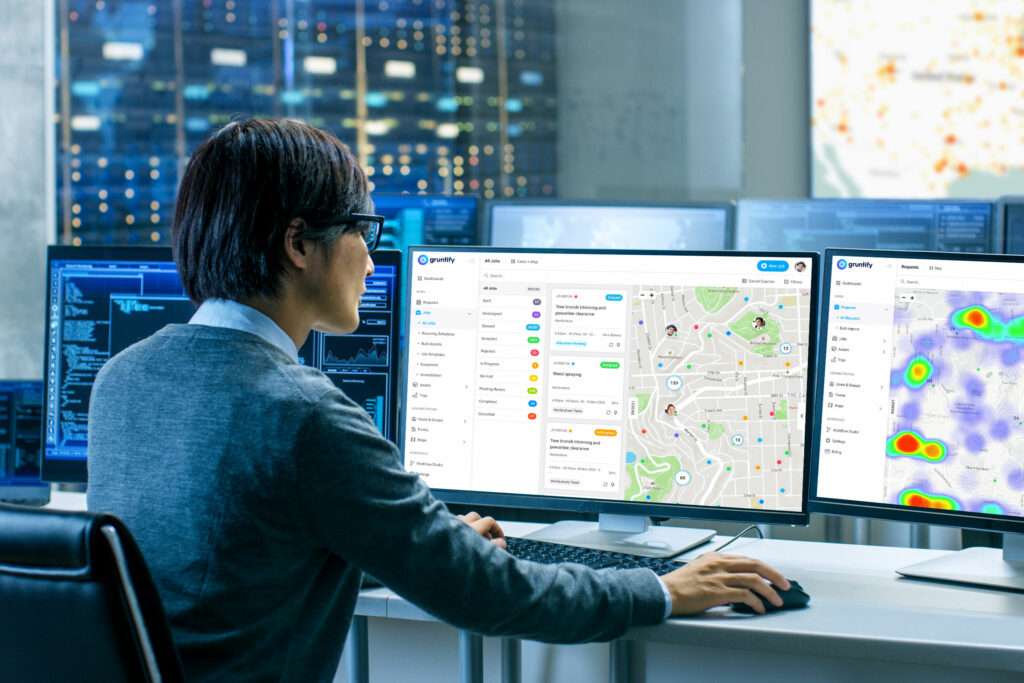
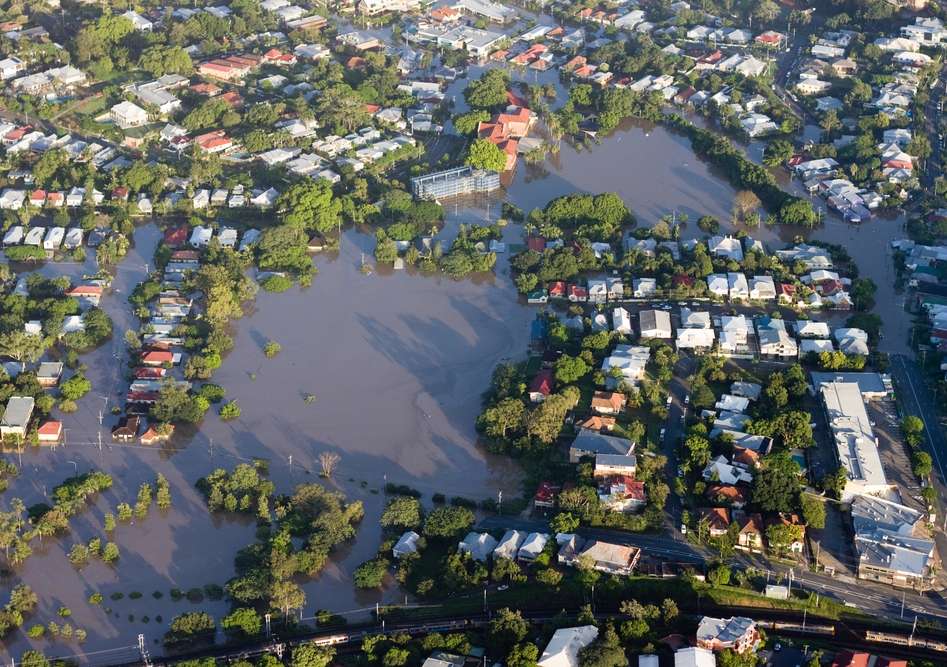
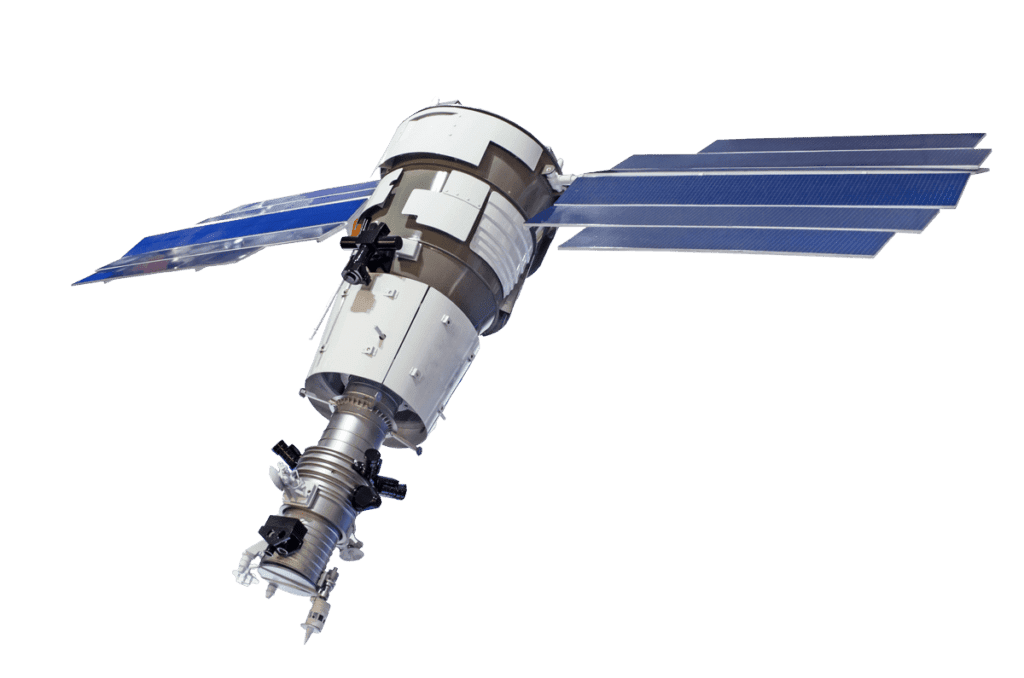
Satellites and drones play a crucial role in gathering essential information about disaster-affected regions. By capturing high-resolution images, they provide valuable before-and-after comparisons that help assess the extent of damage caused by events like floods. Interactive sliders allow viewers to seamlessly transition between images, revealing the stark contrast between pre- and post-disaster conditions.
To expedite damage assessment, AI and machine learning (ML) algorithms are employed. These technologies analyze satellite and drone imagery to identify buildings, roads, and infrastructure affected by the disaster. By automating this process, emergency response teams can rapidly assess the scale of devastation and allocate resources accordingly, optimizing response efforts.
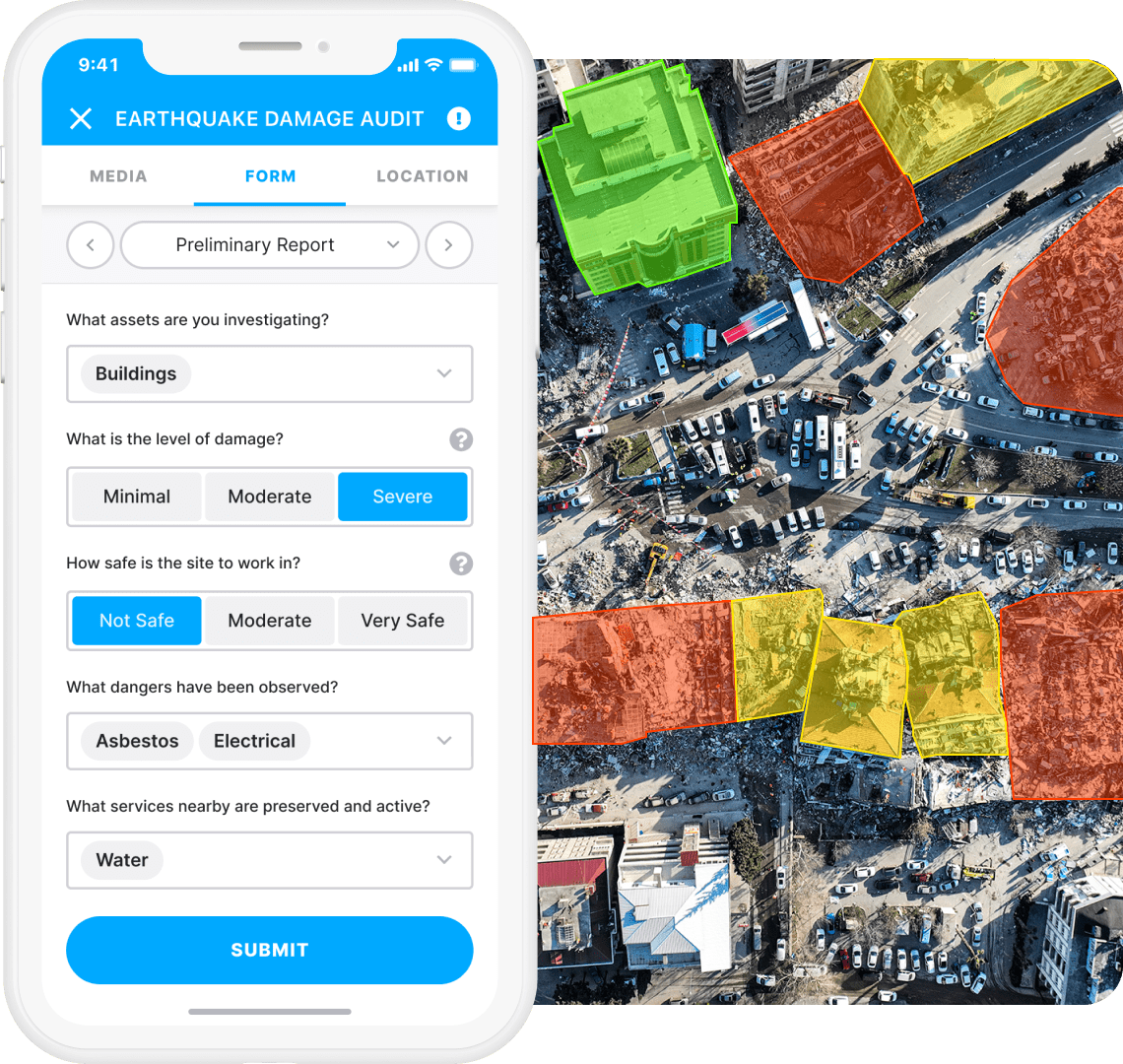
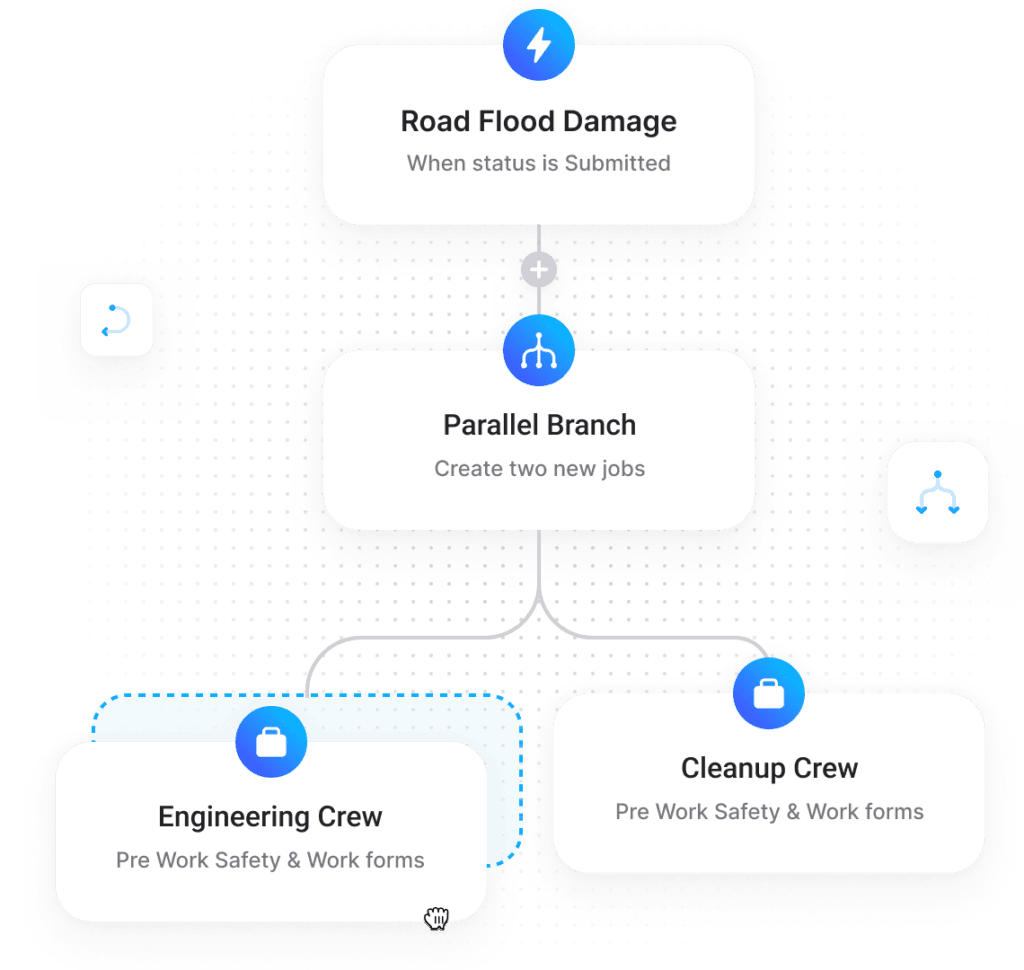
Leveraging the data gathered through satellite imagery and AI, emergency crews can be efficiently dispatched during the crisis. These crews, equipped with the necessary skills and resources, can monitor the situation on the ground, provide immediate assistance, and coordinate rescue operations. Additionally, damage inspectors can be deployed post-emergency to assess structural integrity, ensuring the safety of affected areas.
During the reconstruction phase, AI-powered emergency management software aids in supervising and monitoring the progress of construction projects. Construction supervisors utilize satellite imagery and AI analysis to evaluate the restoration of infrastructure, ensuring compliance with safety standards and timely completion. This comprehensive approach facilitates efficient rehabilitation and minimizes further disruptions.

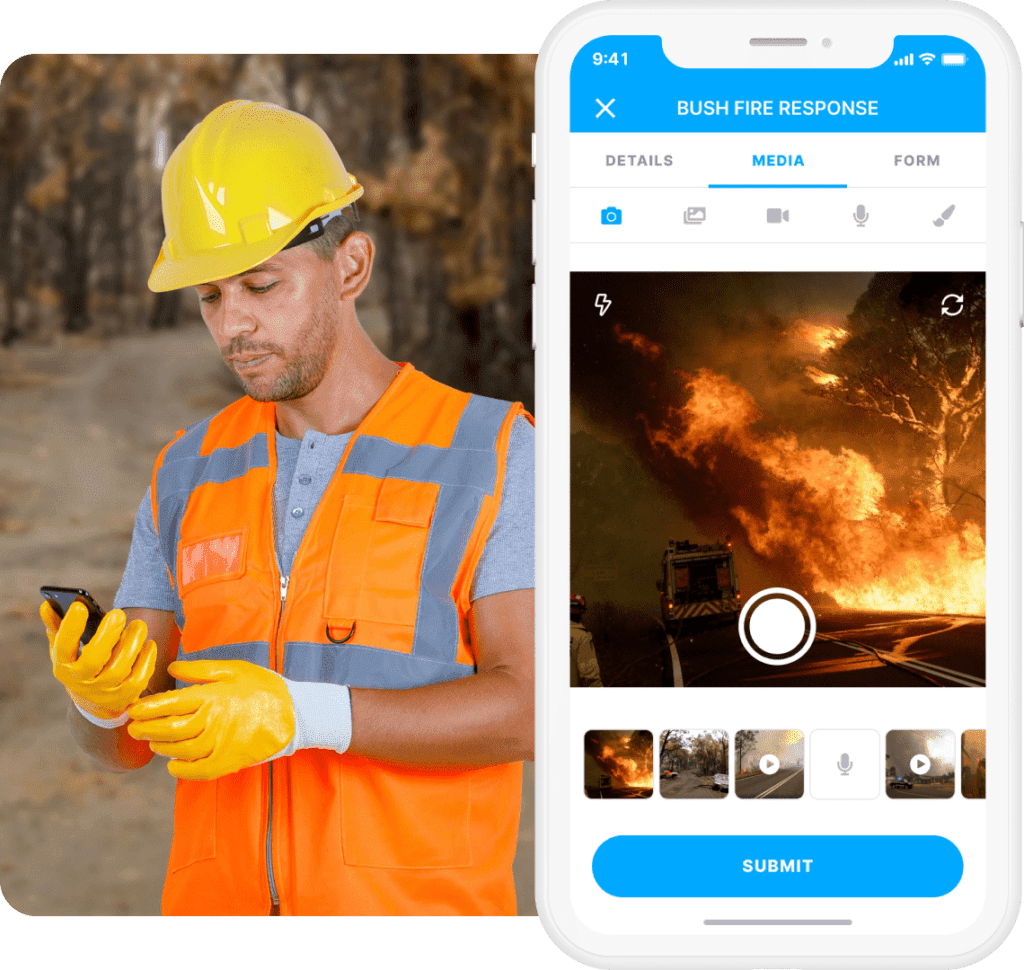
Collecting accurate and timely evidence is crucial for effective reporting and decision-making when using emergency management software. By integrating photographic and video evidence with the emergency response workflow, stakeholders gain valuable insights into the ground situation. These records not only aid in post-event analysis but also serve as valuable references for future preparedness and response efforts.
“Has been transformational in helping us meet our digital initiatives internally, while providing our clients with seamless access to reporting and data.”
Soner. B – Civil Engineering Industry
Verified review from Capterra
Customize emergency response plan forms effortlessly with a drag and drop builder. Enhance form functionality by incorporating conditional logic, enabling intelligent and dynamic responses.
Simplify collaboration, increase focus, and bolster security by establishing dedicated workspaces for each emergency response plan software project.
Gruntify’s emergency response software enables you to obtain accurate and up-to-date location details for each asset, enabling prompt action such as repairs and maintenance.
Streamline your operations by automating actions triggered by events or specific information submitted through Gruntify’s Workflow Studio.
Effortlessly monitor, track progress and manage your emergency response field teams in real time using a single platform.
Quickly get answers and solutions via help center or ticket support to optimize the functionality of your emergency response plan software.